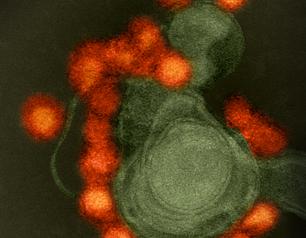NIAID supports research to understand, diagnose, and treat many of the world’s most intractable and widespread diseases. Explore NIAID research through the diseases and conditions as well as the cross-cutting disciplines and approaches below.
Filter research areas by:
Disciplines & Approaches |
All Diseases & Conditions |
Allergic Diseases |
Immunologic Diseases |
Infectious Diseases
39 Results
Prion Diseases
Human prion disease are Creutzfeldt-Jakob disease (CJD), fatal familial insomnia, Gerstmann-Straussler-Scheinker Syndrome, and Kuru. Similar to other misfolding diseases like Alzheimer', Parkinson's, Lewy body dementia, and chronic traumatic encephalopathy, symptoms reflect the brain being destroyed. Prion diseases are transmissible, untreatable, and fatal brain diseases of mammals.

Respiratory Syncytial Virus (RSV)
Respiratory syncytial virus (RSV) infects the lungs and breathing passages, and, in the United States, nearly all children have been infected with RSV by age two. In healthy people, symptoms of RSV infection are usually mild and resolve within a week. However, RSV can cause serious illness or death in vulnerable individuals.
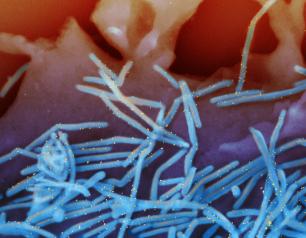
Rocky Mountain Spotted Fever
Rocky Mountain spotted fever is a tickborne disease first recognized in 1896 in the Snake River Valley of Idaho. It was originally called “black measles” because of the look of its rash in the late stages of the illness, when the skin turns black. It was a dreaded, often fatal disease, affecting hundreds of people in Idaho. By the early 1900s, the disease could be found in Washington, Montana, California, Arizona, and New Mexico.
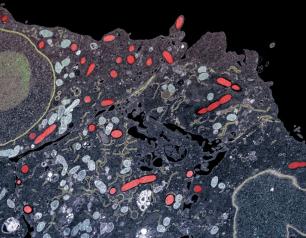
Schistosomiasis (Bilharzia)
Schistosomiasis, also known as bilharzia or snail fever, is an acute and chronic disease caused by parasitic flatworms called schistosomes or blood flukes. Most human infections are caused by Schistosoma mansoni, S. haematobium, or S. japonicum. The parasites spend part of their lifecycle in freshwater snails. The infectious, larval form emerges from the snail and contaminates water.

Sexually Transmitted Infections
Sexually transmitted infections (STIs) are caused by pathogens transmitted from person to person through sexual contact. STIs can be caused by bacteria, viruses, or parasites. STIs have a devastating impact on adults and infants and affect millions of people in the United States annually.

Shigellosis
Shigellosis is an infectious, diarrheal disease caused by a group of bacteria called Shigella. It is transmitted via contact with contaminated food, water, surfaces or an infected person. The disease typically resolves in 5 to 7 days. Shigella causes roughly 500,000 cases of diarrhea in the United States each year.

Smallpox
Smallpox, caused by the variola virus, was a highly contagious infectious disease that caused infected individuals to develop a fever and a progressive, disfiguring skin rash. Three of out 10 individuals infected with smallpox died. Many survivors have permanent scars, often on their faces, or were left blind. Through vaccination, the disease was eradicated in 1980. However, research for effective vaccines, drugs and diagnostics for smallpox continues in the event it is used as a bioterror weapon.

Syphilis
Syphilis is a sexually transmitted infection caused by the bacterium Treponema pallidum. It is transmitted from person to person via direct contact with a syphilitic sore, known as a chancre. These sores can be found on the genitals, vagina, anus, rectum, lips and mouth. Pregnant women can transmit the disease to their unborn child. Syphilis can cause long-term health complications if left untreated.
Tickborne Diseases
The incidence of tickborne infections in the United States has risen significantly within the past decade. Due to this increase, it is becoming more important that public health officials and scientists improve their understanding of pathogenesis, design improved diagnostics, and develop preventive vaccines for tickborne illnesses.
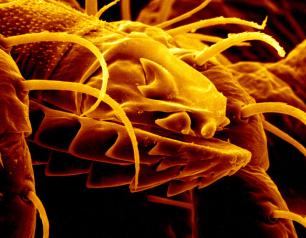
Trichomoniasis
Trichomoniasis, is an infection caused by the Trichomonas vaginalis parasite. Trichomoniasis can increase the risk of getting or spreading other sexually transmitted infections and can also lead to inflammation of the cervix (cervicitis) and the urethra (urethritis).
Tuberculosis
Tuberculosis (TB) is a contagious disease caused by infection with Mycobacterium tuberculosis (Mtb) bacteria. It is spread through the air when a person with TB disease of the lungs or throat coughs, speaks or sings, and people nearby breathe in these bacteria and become infected.
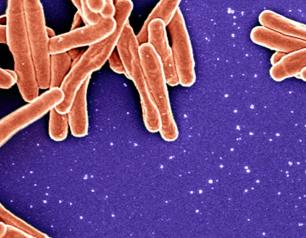
Urethritis
Urethritis refers to infection and inflammation of the urethra. Urethritis is a condition that can result from infection with common STI pathogens including N. gonorrhoeae, C. trachomatis, T. vaginalis.
West Nile Virus
West Nile virus (WNV) is a member of the flavivirus family, which includes other mosquito-borne viruses such as dengue and Zika. WNV emerged for the first time in the Western Hemisphere in New York City in 1999 and has since spread across the United States. It is now the most common arthropod-borne virus found in the U.S.
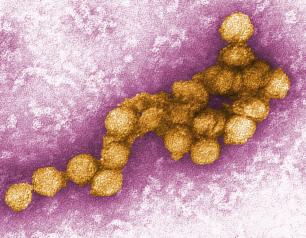
Zika Virus
Zika virus is most typically transmitted to humans through the bite of infected Aedes aegypti mosquitoes. Less commonly, Zika virus can be spread from person to person through sexual intercourse. Most people who become infected do not become sick; but about 1 in 5 people may develop such symptoms as fever, rash, and conjunctivitis. People who become infected while pregnant may transmit the virus to the fetus, which can result in very serious birth defects, including microcephaly.
